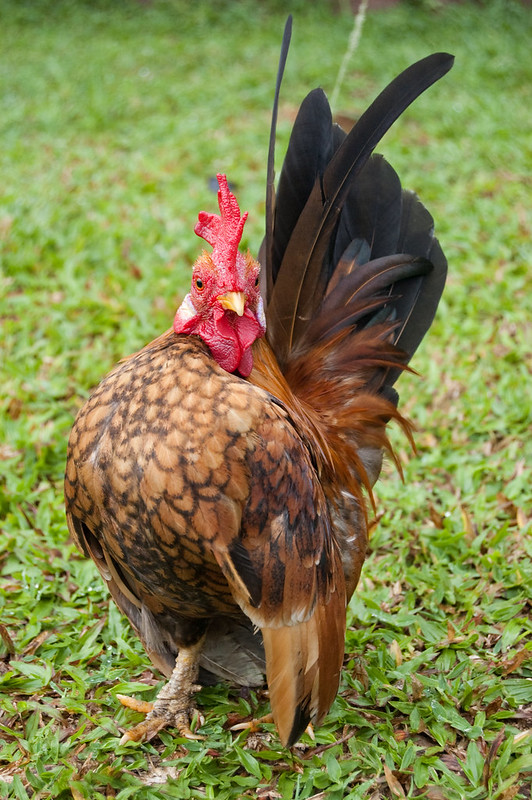Archive:
Poise and Elegance Personified
Chicken Beauty Pageants
Ferdowsi’s Ecumenism in the Shahnama
Critical Approaches
/
Texts & Translations





